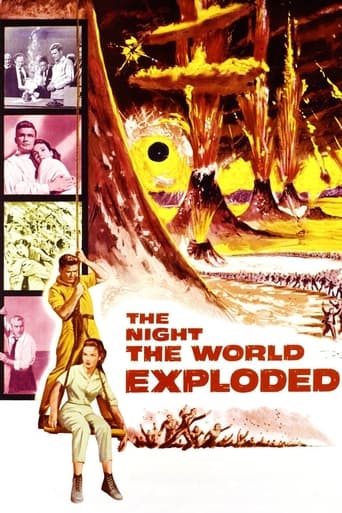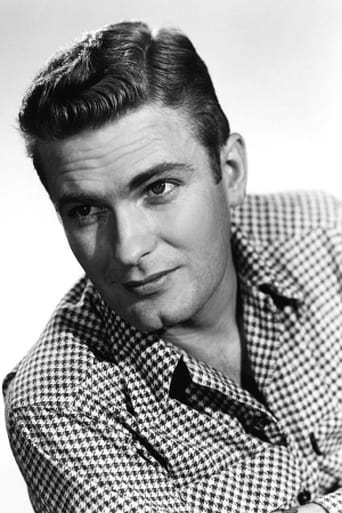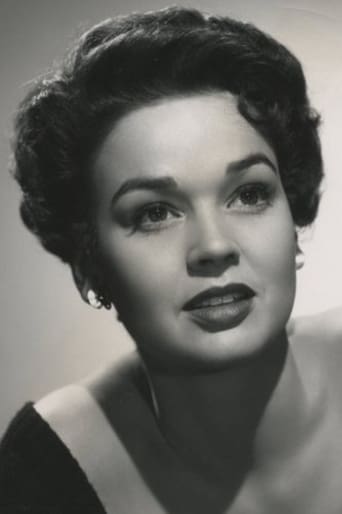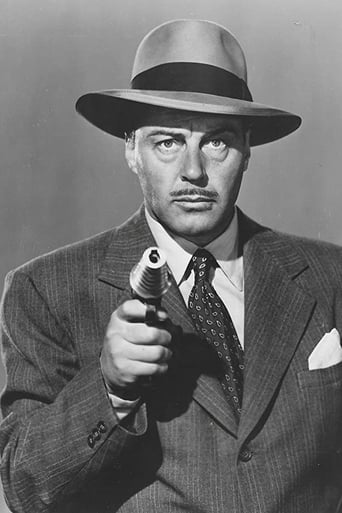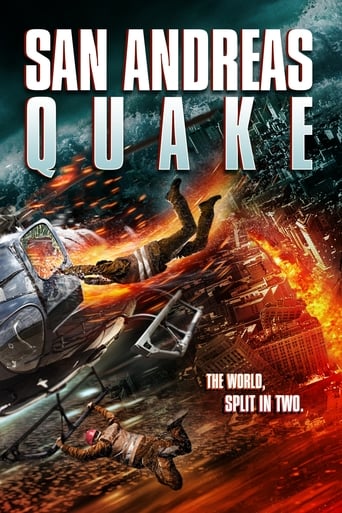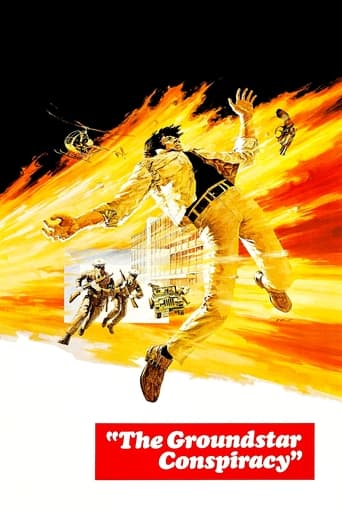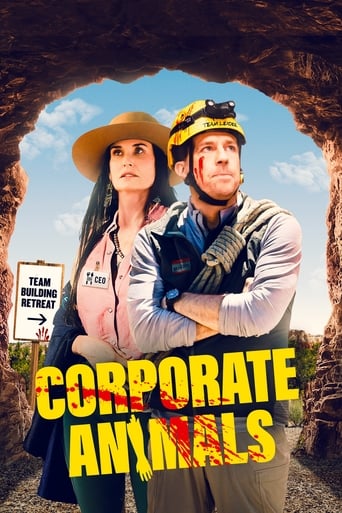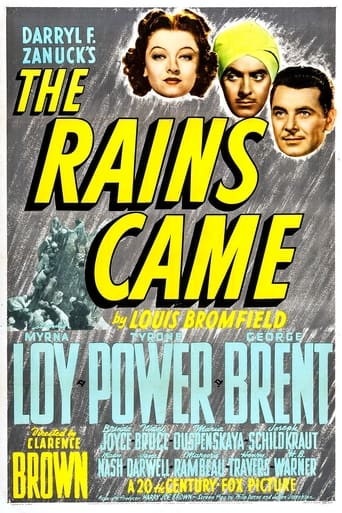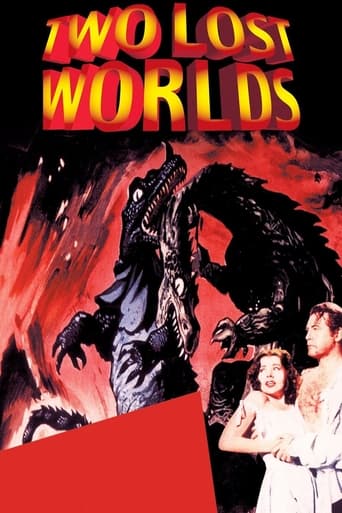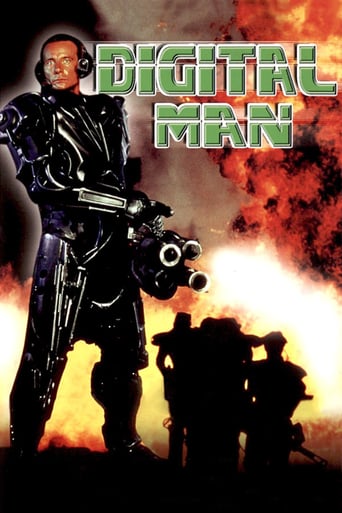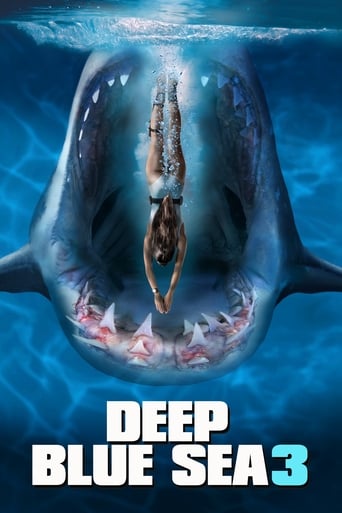The Night the World Exploded (1957)
With his assistant, Laura Hutchinson, Dr. David Conway develops a device to advance the fledgling science of earthquake prediction. After forecasting a large trembleor that will rock California within twenty-four hours, Conway cannot persuade the Governor to act. When the prediction proves true and further tests indicate that there are more quakes to come, Conway and Laura seek to perfect their device. Subsequent tests deep within Carlsbad Caverns discover an unknown element—E-112—that is responsible for the earthquakes and threatens to destroy the globe if it ever reaches the surface. The team determines that with only four weeks until Armageddon, the race is on to neutralize the killer element before it takes a devastating toll.
Watch Trailer
Cast


Similar titles
Reviews
If you don't like this, we can't be friends.
Fresh and Exciting
Not sure how, but this is easily one of the best movies all summer. Multiple levels of funny, never takes itself seriously, super colorful, and creative.
Blistering performances.
The scientists in the movie have a line - sort of like this: Since the last known element is 111 this must be element 112. No real scientist would ever make a statement like that. Maybe it could be 113, or 115 or who knows what. The actual element 112 was made by smashing zinc and lead together. The current heaviest element is 118 - made by smashing Californium 249 and Calcium 48. An element has a certain number of protons. Period. Each atom could have a variety of neutrons, which seem to help hold the nucleus together. So for an example, Uranium has 92 protons, and a variety of neutrons, bringing its atomic weight up to 235 or 238, and several other varieties - these are isotopes. Each proton or neutron is added as "one". What is interesting is that there may be a stable "island" at element 120, but it is anyone's guess. It should be noted that these heavy elements were not "discovered" - they were made. People picked the 2 smashing elements based on calculations. Note that often only a few atoms were made, sometimes even just 1. To make matters worse, one guy faked his data. So the bulk properties are not known. For example, is Element 118 a solid or a metallic gas?How is the rain solution going to tip the axis back to normal? Why would the rain replace missing mass and restore the too low gravity in some areas? To be fair, the monsoons do shift the Poles a bit. The scientific details are made up. Yes, rain would have mass, but compared to the vast bulk of the Earth, it is a hill of beans.Scientists in the 30's - 50's movies are like another species. People today say they are a molecular biologist, or a nuclear physicist, etc. Not a scientist. A striking example was "Son of Frankenstein" with Rathbone as Wolf Frankenstein. Ygor says - 'but you are a scientist' - meaning that he should have no trouble doing a brain transplant! They went to the deepest part of the Earth - Carlsbad Caverns - to avoid noisy data. That would be about 1600 feet - they say 1800 feet - who knows. That is only scratching the surface. The deepest we have drilled is about 20,000 feet.Finally, a plane was seen to be bombing trucks in a convoy - probably WWII footage.
A cutting edge scientist, Dr. David Conway (William Leslie) has developed a machine that he hopes can predict when earthquakes are going to occur. It works quite well, as we shall see, and a series of quakes happen which get progressively worse. Conway and his loyal assistant, Laura "Hutch" Hutchinson (Kathryn Grant), find that the culprit responsible is a previously unknown element with very explosive potential. The race is then on to solve the problem before the title disaster can take place.One might say that the budget for this modestly entertaining B picture is ultimately too low for its ambitions, but director Fred F. Sears ("Earth vs. the Flying Saucers") succeeds in crafting some tension. Much use is made of what is presumably stock footage, adding to the scope of the action (not to mention the running time, which is very short anyway). The "underground" sets and props aren't exactly convincing, but they don't distract too much from the fun. The fairly neat premise is admittedly somewhat close to that in the Universal production "The Monolith Monsters".A decent bunch of actors does help matters. Leslie isn't terribly expressive, but he's reasonably likable, and it's very easy to watch the young Ms. Grant, who's incredibly cute. Co- starring are Tristram Coffin as the dedicated Dr. Ellis Morton, Raymond Greenleaf as the governor who learns his lesson after failing to take Conway and Morton seriously, and Paul Savage as the curious and engaging Ranger Kirk.Passable special effects, and a rather amusing problem solving finale, help this to kill 64 minutes pleasantly.Six out of 10.
I remember seeing this movie at the Simon Theater in Brenham, Texas, when I was in the sixth grade, and am happy to say that it's held up very well over the years.To start with, Turner Classic Movies got a top quality print of it that looked wonderful. There were literally a few seconds where the negative had suffered slight damage, but for that element it's solid.The story is pretty much standard issue. A very, very dedicated scientist is so immersed in his work that he doesn't realize that he's in love with his beautiful lab assistant until the third act.Not that he isn't busy enough. A strange rock called Element 112 has begun to cause earthquakes and worse all over the globe. Unless Steps Are Taken, it will cause the destruction of our planet.Serious spoiler: The world doesn't explode. It does come close, but that shouldn't surprise anyone.The acting is nothing amazing, but it's not set up as an acting lab exercise. There is a plot to be dealt with briskly. Leading lady Katherine Grant was far more impressive shortly after this in a similar role in Otto Preminger's ANATOMY OF A MURDER. Strong director plus powerful screenplay equals good results for actors.Far more interesting than the story itself is the structure of the story and the sexual politics in play here. There wasn't sufficient budget for large scale special effects, so there's lots of stock footage of natural disasters and their aftermath. More interestingly, Ms. Grant isn't just the leading lady. For a big chunk of the running time she's the only lady.Science fiction has always been a male dominated realm. But for the entirety of the first two acts Hutch, the lab assistant played by Ms. Grant, and the character I'd call the Civil Defense Lady are the sole female players. There's a substantial roster of supporting characters, but with the exception of stock footage everyone is White and male.Then, in the third act, disaster is creeping up on the world. The governor's wife and young daughter come to be with him, and in a huge office area we see several women working. But it takes the approach of Armageddon to allow many women into the tree house.One of the best things about the film is that it takes care of business in one hour and four minutes. This is a sharp contrast to this summer's earnest but plodding WORLD WAR Z which so badly needed about 45 minutes trimmed from it that my index finger ached because theaters don't offer viewers a fast forward button.At the time this came out there were presumable 111 slots on the Periodic Table of the Elements. We are now on number 118. The honor of being number 112 (they didn't retire that jersey because of the movie) goes to Copernicum, the most stable of all the isotopes.Parents' note: Nothing disturbing in my humble opinion. Some people would be distressed because a few characters smoked. So did both of my parents. It was 1957.
As an SF nut from earliest childhood, the Fifties was a frustrating period for me. Most of the SF films released in the UK were given 'A' or 'X' certificates, so I could see the posters and the trailers, but not the pictures themselves. The Night the World Exploded was one of the few exceptions.I saw it on its original release and I never forgot my excitement at watching an actual science fiction movie at last. The mysteriously swelling black rocks, like ticking time bombs, had me glued to my seat whenever they appeared.Then the movie disappeared. It never showed on UK TV and the video revolution seemed to pass it by. Now, finally, it has re-emerged as part of the Columbia Classics series and another small segment of my childhood has been restored to me.Its premise is more intriguing than most science fiction 'B' movies of the era and the scientific gobbledygook is slightly more convincing. The story is not particularly well thought-out and has some conspicuous padding but it mostly cracks along at an acceptable pace. It looks a lot more expensive than it really was, because of the judicious use of stock footage. This was unusually well-selected, with generally good print quality that blends well with the principal photography. A couple of the devastation scenes are clearly just demolition work, and the voice-over narrator has his work cut out justifying the inclusion of some WW2 bombing footage, but it impressed the hell out me when I was 9.What didn't impress me, I am sad to report, was one of the movie's greatest assets - the ever adorable Kathryn Grant. Interestingly, she seems to get top billing, ahead of William Leslie: and why not?However, the biggest bonus is that the DVD print is immaculate. It is probably better than the one I saw in 1957. The movie still exists in all its original glory.Take a bow, Columbia Classics!The Night the World Exploded is no masterpiece, but I am glad that it is finally back in my life.

